The President of the Labor Party and also the President of KSPI, Said Iqbal, hopes that President Prabowo Subianto will soon decide on the increase in the minimum wage (UMP and UMK) and the sectoral minimum wage. (UMSP dan UMSK). According to him, this is mandated by the Constitutional Court’s decision Number 168/PUU-XXI/2023 regarding the repeal of certain legal norms of the Omnibus Law on Job Creation, particularly the new minimum wage norms in the employment cluster.
According to Said Iqbal, the Ministry of Manpower has proposed a new Minister of Manpower Regulation regarding the minimum wage for 2025. However, he said that the proposal from the Minister of Manpower is actually very much in conflict with the Constitutional Court’s decision Number 168/PUU-XXI/2023. In the regulation, the Minister of Manpower, in determining the minimum wage increase, divides the minimum wage into two categories: the minimum wage for labor-intensive industries and the minimum wage for capital-intensive industries. “The division of the minimum wage increase into these two categories violates the Constitutional Court’s decision because the MK decision only states that the minimum wage increase is based on inflation, economic growth, and a certain index (α), taking into account the proportionality of the decent living needs (KHL),” said Said Iqbal in his statement on Monday (25/11/2024).
Thus, the Labor Party, along with KSPI and KSPSI, rejects the draft of the Minister of Manpower’s regulation, which divides the minimum wage into two categories: labor-intensive minimum wage and capital-intensive minimum wage. Additionally, the draft regulation on the minimum wage states that for companies unable to pay the minimum wage increase in 2025, negotiations can be held at the bipartite level within the company. This was also rejected by the workers because the determination of the minimum wage is decided by the Regional Wage Council as per the Constitutional Court’s decision.
Another point rejected by the Labor Party along with KSPI and KSPSI is that in the draft of the Minister of Manpower Regulation, the sectoral minimum wage is planned to be handed over to bipartite negotiations at the company level or the wording is obscured, giving the impression that the Regional Wage Council does not need to discuss the determination of the sectoral minimum wage. (UMSP dan UMSK). Clearly, the decision in this draft ministerial regulation contradicts the Constitutional Court’s ruling, and therefore, it is rejected by the workers.
“Therefore, the entire content of the draft Ministerial Regulation being prepared by the Minister of Manpower is rejected by the workers, and we request Mr. President Prabowo Subianto to also reject the content of the draft Ministerial Regulation on the Minimum Wage 2025 that will be submitted by the Minister of Manpower and his team to Mr. President Prabowo Subianto,” he emphasized.
In principle, he requested Prabowo in the Minister of Manpower regulation regarding the determination of the minimum wage increase for 2025 to include:
I. The Governor determines the increase in the Minimum Wage 2025 as follows:
- Provincial Minimum Wage (UMP), based on the recommendation of the Provincial Wage Council meeting decision
- Provincial Sectoral Minimum Wage (UMSP), based on the recommendation of the Provincial Wage Council meeting decision
- Minimum Wage for District/City (UMK), based on the recommendation of the Regent/Mayor derived from the decision of the District/City Wage Council
- Sectoral Minimum Wage of Regency/City (UMSK), based on the recommendation of the Regent/Mayor originating from the decision of the Regency/City Wage Council
II. The increase in the Minimum Wage (UMP and/or UMK) is determined based on the inflation rate + a certain index (α) multiplied by the economic growth rate.
The formula for the minimum wage increase = inflation + (α x economic growth)

- The specific index value (α) for the proposed increase in UMP and/or UMK 2025 by the workers is between 1.0 to 1.2. Where the proposed value of α = 1.0 – 1.2 applies to all types of industries. (tidak ada pembedaan untuk industri padat karya dan padat modal).
If the government objects to the proposed alpha value as conveyed by the workers, then the Minister of Manpower, together with the labor union, will negotiate to find a compromise value that approaches the workers’ proposal.
- For companies that are unable to pay the minimum wage increase as regulated in the minimum wage increase formula with the above-mentioned alpha value, the said companies can apply for an exemption to the Minister of Manpower through a meeting of the Regional Wage Council by fulfilling certain requirements.
- The definition/category of companies that are unable to pay the minimum wage increase as regulated above must meet the requirements stipulated in the ministerial decree, which at least includes:
a. The incapable company submits an application to the Minister of Labor through the local district/city wage council.
b. Attach/show to the Minister of Manpower the company’s financial statements showing losses for 2 consecutive years that have been audited by a public accountant.
c. Attach/show the agreement between the company and the labor union/labor union representative or the workers/labor representatives if there is no labor union/labor union in the company.
d. Meeting other requirements set by the district/city wage council
- Therefore, for companies that are unable as mentioned above, it does not mean that the implementation of the minimum wage increase is postponed, nor does it mean that the minimum wage increase in those unable companies is negotiated at the bipartite level of the company.
But the mechanism for determining the minimum wage increase for companies that are unable to do so is still decided by the Regional Wage Council (District/City Wage Council), not by bipartite negotiations at the company.
III. The Governor in determining the amount of UMSP and UMSK is regulated as follows:
- The Governor determines the value of the Provincial Sectoral Minimum Wage (UMSP) and the types of its industrial sectors based on the decision of the Provincial Wage Council meeting.
- The Governor determines the value of the Minimum Sectoral Wage for District/City (UMSK) and the type of industrial sector based on the recommendation of the Regent/Mayor obtained from the decision of the District/City Wage Council meeting.
- Therefore, the determination of UMSP and UMSK is not conducted at the bipartite company level.
IV. Important notes for the proposal of the Minister of Manpower Regulation on the Minimum Wage for 2025, are as follows:
- The determination of the contents of the Minister of Manpower Regulation on the Minimum Wage 2025 must follow the decision of the Constitutional Court Number MK No. 168 PUU-XXI/2023 (Khususnya keputusan nomor 8 sampai dengan nomor 17)
- All contents/articles in Government Regulation Number 51/2023 concerning Wages are declared no longer valid. (dicabut)
- With the revocation of Government Regulation Number 51/2023 on Wages, then:
a. The formula for the upper and lower limits of the minimum wage is declared invalid.
b. The formula for the increase in the Minimum Wage that includes the phrase “if a region’s minimum wage is above the average consumption, then the increase in the minimum wage only uses formula a multiplied by economic growth” is declared invalid.
- Regarding the new legal norms related to wage structure and scale, they must follow the Constitutional Court’s decision, which states: Article 92 paragraph 1 in Article 81 number 33 of Law 5/2023, which states ‘Employers are required to establish wage structure and scale in the company by considering the company’s ability and productivity,’ is contrary to the 1945 Constitution and does not have binding legal force as long as it is not interpreted as ’employers are required to establish wage structure and scale in the company by considering the company’s ability and productivity, as well as classification, position, length of service, education, and competence.’
“Workers believe that President Prabowo Subianto will pay attention to the welfare of the workers while continuing to improve productivity and efficient work,” he said.
Said also mentioned that the plan for a two-day national strike, which will be participated in by 5 million workers across Indonesia from November 19 to December 24, 2024, will remain an option for labor unions if the Minister of Manpower continues to issue the 2025 Ministerial Regulation that is detrimental to workers.

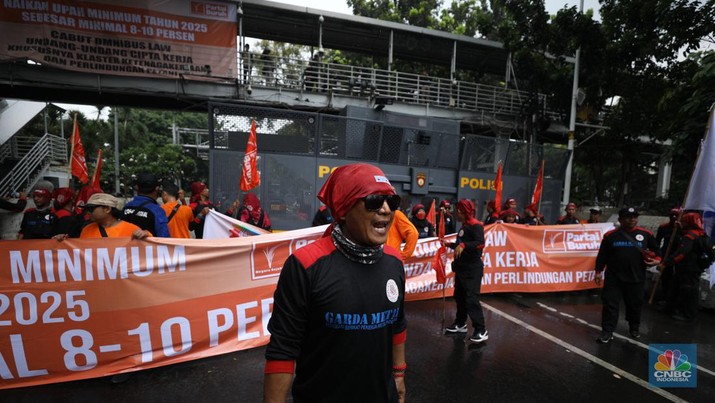
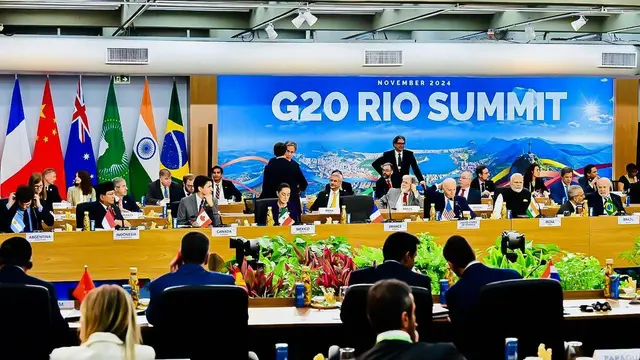
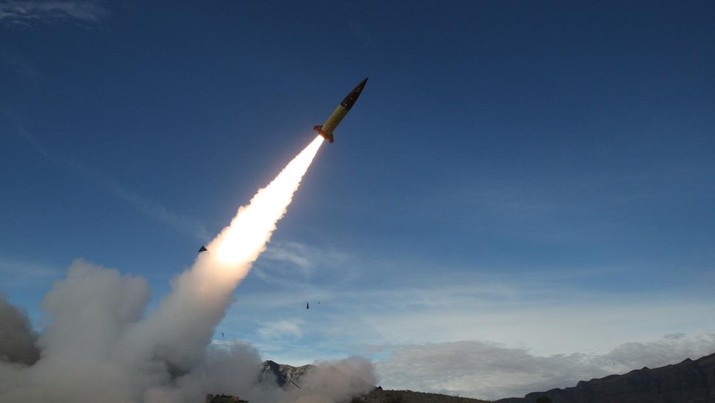
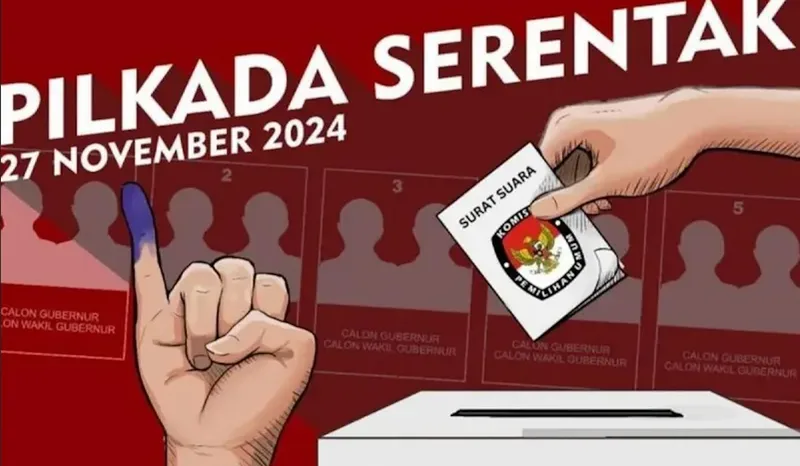
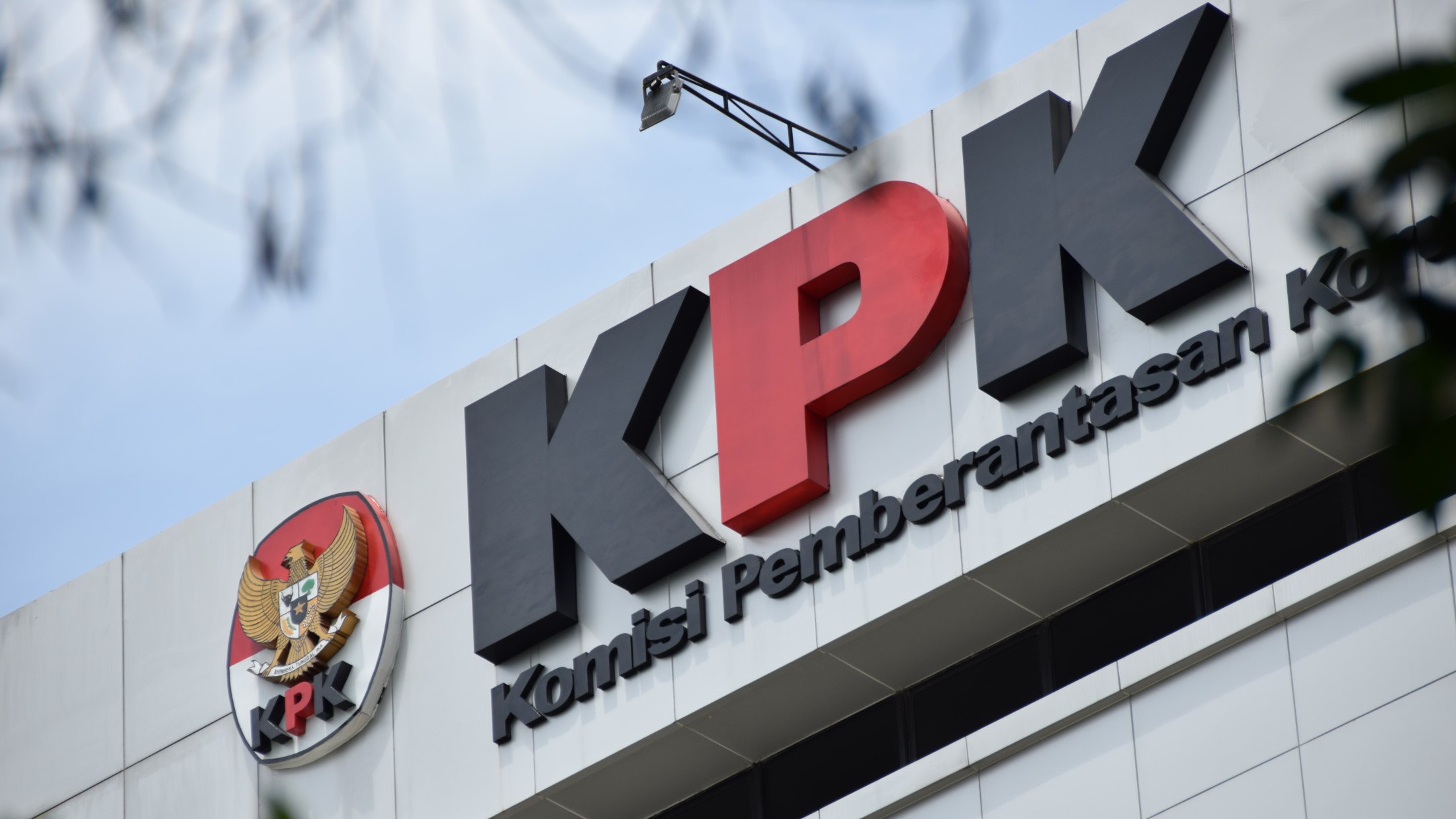
Leave a Reply